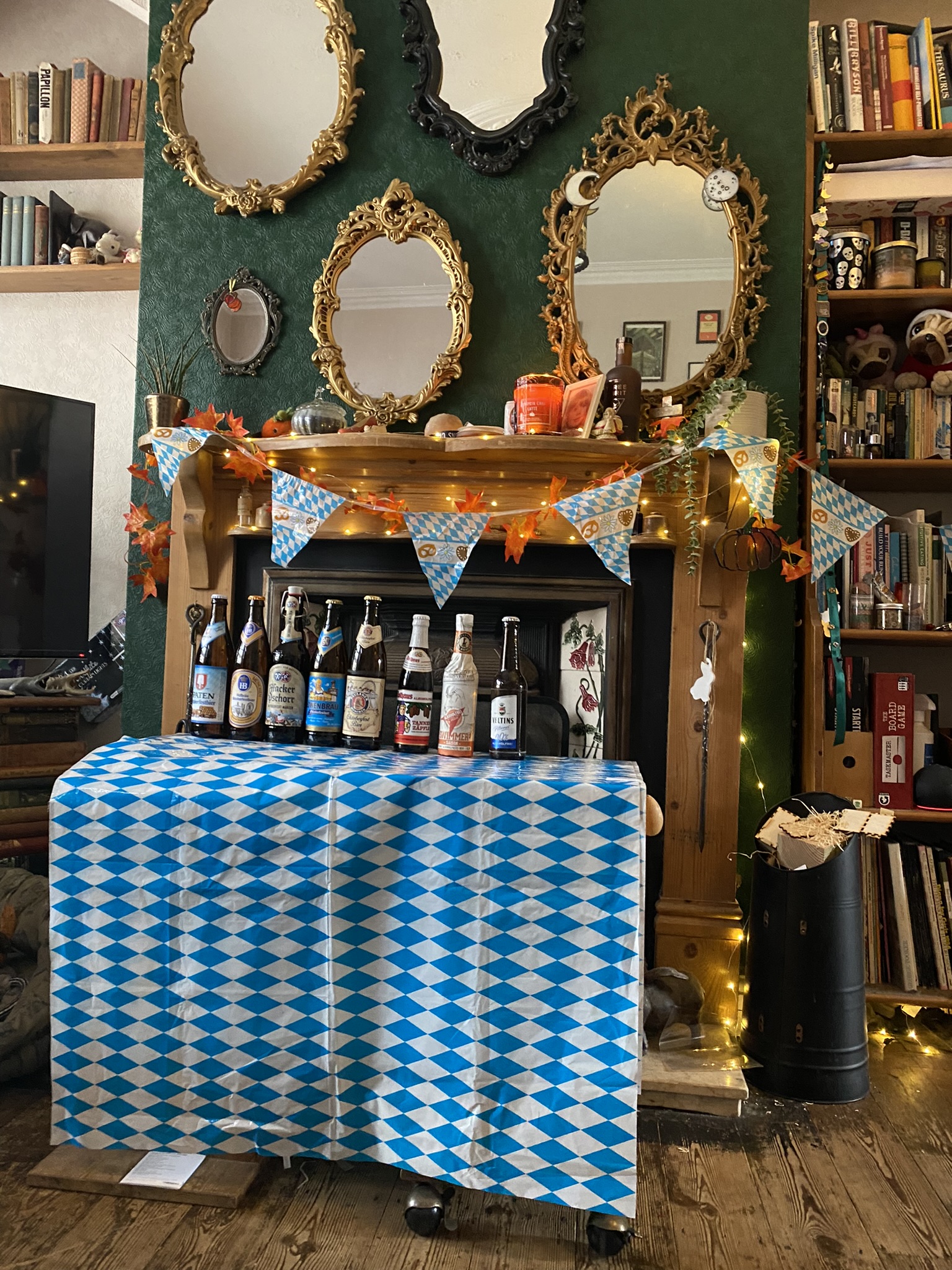I don’t mean like snuggling. Though my breton stripe top is particularly fond of dinner and a movie.
I mean when you’re in a charity or vintage shop, and you find that adorable beaded bias cut dress, how do you know if what you’re holding is 1930s vintage or last weeks Primark?
If you’re in a reputable vintage store then the hard work has probably been done for you, and you’ll pay accordingly. Personally I do most of my vintage hunting in Charity Shops or at Boot Fairs so how do you know if what you’ve found is genuinely old, or just made to look that way.
Firstly, be realistic.
It’s probably not 1930s vintage. People are much more savvy these days. It’s unlikely that they opened Grannies wardrobe and thought, “ooh, lets send all those really old beaded evening gowns to Oxfam”, and if they did it’s likely that shop itself would have recognised it. I rarely find anything older than the 1960s in a Charity Shop, unless it’s marked, and priced, as such. But there’s always the chance, and that’s the thrill!
Secondly, does it matter to you?
If you like the style and it fits and is in great condition surely the decade isn’t so important? It’s only important if a retailer is asking you to pay over the odds for a “vintage” piece that actually came from Primark (and trust me, I’ve seen that happen)
If you’re stood in store, though, trying to get an idea of a garments age before you buy here are a few easy, on the spot, tips to look out for. These tips are aimed mostly at the UK shopper and deal with UK regulations.
-
The label
The first label ever sewn in clothes was in the mid 1800s. If the item you are looking at has a label this is normally a good place to start for a rough idea of age. Look at the style of the lettering and the detail contained. A 1970s label might, for instance have a more flowery, psychedelic font than something produced in the 1950s which will be more elegant.


In the UK care labelling has never been mandatory, however it was made so in the US in the mid 1970s. This means that care labels are not necessarily a reliable way of dating. Most modern garments do include them so a lack of one, taken with other factors, may indicate a pre 1970s garment. It is worth noting that the common care symbols on UK clothing are trademarked to Ginetex which was created in 1963, so clothing with these symbols will be 60s or later.
It was made a legal requirement in the UK to include a fabric content label from 1986, so any garment not including a fabric content label should date to prior this time.
-
The Construction
Zips and fastenings are a good place to start. Nylon coil zips were first introduced around 1940, but not in common use till somewhere around the late 1960s, a metal zip is probably an indication that the garment dates from pre 1970. The position of a zip is also worth checking. Zips were more common in the side seams up till the 1950s when they generally moved to the centre back. It’s worth noting that zips could have been replaced and that the position is only a guide, side seam zips can still be found now, of course!
Keep an eye on the quality of the construction, this is important whether it’s vintage or not! Mass produced clothing has been around since the Victorians, but it truly came into it’s own in the inter war period in the UK and by the 1950s many women were shopping in department stores rather than visiting a dress maker. The older a garment is the more likely it is to be handmade and carry more detailed construction methods. Details such as little clips for your bra strap and poppers to prevent gaping will be more common in garments that are pre 1960s.
-
The Material
Actually defining what a fabric is yourself can be tricky, but if you’re lucky enough to have a fabric label then there’s a few common things to look for.
Rayon, was a popular fabric for dresses up until the 1950s, where as Nylon was very popular in the 1960s and 70s. Lycra was used in lingerie from the 1960s but rarely in clothing until the 1980s, if it has lycra content it is unlikely to be older than that.
Keep an eye on prints and colours as well. A graphic “scribbled” print and colours like grey and hot pink might date an item to the 1980s where as oranges and purples might give an item a more 1970s vibe.
Dating vintage clothing isn’t an exact science and any or all of the tips above can be faked. Taken all together, though, they can be a good initial indicator of the age of a garment in a Charity shop or vintage store.
I only buy things I like, but once you get it home sometimes it’s nice to get a more specific idea of a garments provenance. 2 great resources are the Vintage Fashion Guild Label Resource which contains designer labels and pictures of how they’ve changed, and Fashion Era, which is a huge resource of silhouettes and fashion history. These are the 2 sources that I mostly picked up tips from when I started looking for vintage.
Just remember, If you love it, and you’re willing to pay the price, it doesn’t matter how old it is!
Picture by genibee







